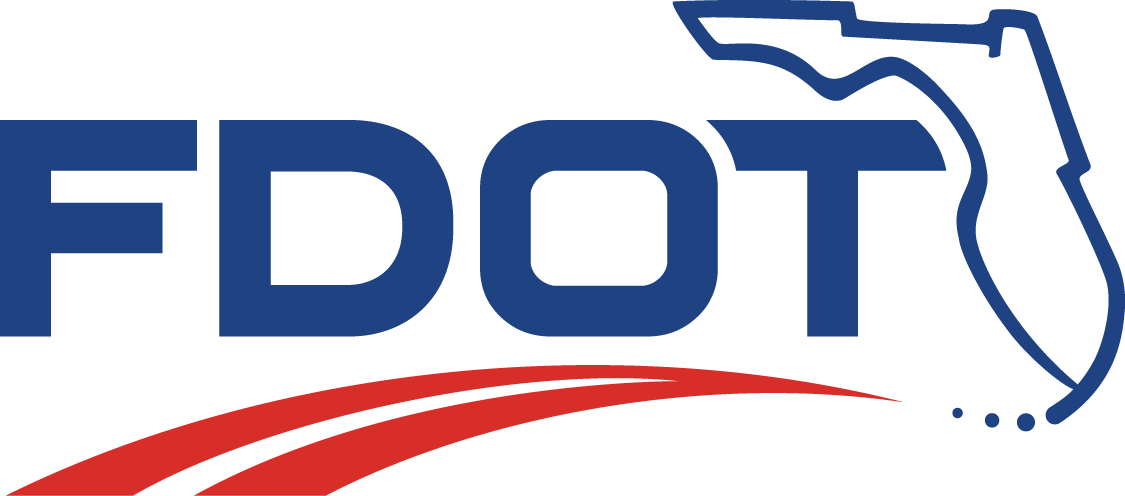Safe Routes to Schools (SRTS)
What is Safe Routes to School?
Safe Routes to School is a growing movement that has taken hold in communities throughout the United States. The concept is to increase the number of children who walk or bicycle to school by funding projects that remove the barriers currently preventing them from doing so. Those barriers include a lack of infrastructure, unsafe infrastructure, and a lack of programs that promote walking and bicycling through education/encouragement programs aimed at children, parents, and the community.
Safe Routes in Florida
Walking or biking to school gives children a sense of freedom and responsibility, allows them to enjoy the fresh air, and provides opportunities to get to know their neighborhood while arriving at school alert, refreshed, and ready to start their day. Communities and community-based organizations are devoting increased attention to pedestrian and bicycle safety issues to improve the conditions for walking or biking to school.
Florida’s Safe Routes to School (SRTS) program can help communities address their school transportation needs and encourage more students to walk or cycle to school. It strives to enable and encourage children in grades Kindergarten through High School, including those with disabilities, to walk and bike to school; to make walking and biking to school safer and more appealing, and to facilitate the planning, development, and implementation of projects that will improve safety and reduce traffic, fuel consumption, and improve air quality in the vicinity of schools. In addition to encouraging more children to walk or cycle to school, the program also seeks to address the safety needs of children already walking or biking in less-than-ideal conditions.
A successful program integrates safety, traffic relief, health, environmental awareness, physical activity, and fitness under one program. The program encompasses routes and techniques to encourage children to walk or cycle to or from school. We encourage schools, local transportation officials, and other qualified groups to cooperate and apply to meet some of the identified needs. At the same time, they address other identified needs locally or through other methods.
